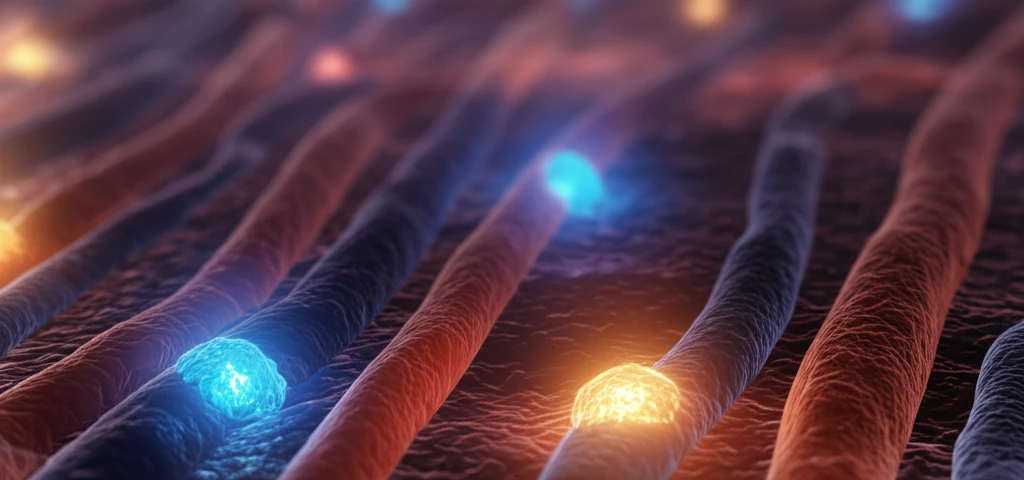
Muscle Regeneration Revolution: A Minimally Invasive Technique for Healing and Rebuilding
"Discover how a novel muscle embedding technique is paving the way for enhanced muscle repair and regeneration, offering hope for those affected by muscle loss."
Skeletal muscle possesses an innate ability to regenerate, thanks to muscle-fiber-generating satellite cells (SCs). These cells, when activated under the right conditions, can form new muscle fibers, aiding in the repair of injuries and the maintenance of muscle health. However, this regenerative capacity can be overwhelmed by conditions such as muscular dystrophies, significant trauma, or accelerated aging, leading to progressive muscle fiber loss.
While scientists have developed methods to isolate and expand SCs in the laboratory, transplanting these cells back into damaged muscle has shown limited success. Traditional approaches, such as surgically grafting donor muscle tissue or isolated muscle fibers onto the host muscle, have proven more effective than myoblast transplantation but still present challenges. The need for more effective methods has spurred the development of innovative techniques aimed at enhancing muscle regeneration.
To address these limitations, researchers at Wayne State University have pioneered a novel technique called Minimally Invasive Muscle Embedding (MIME). This approach involves embedding small pieces of donor muscle tissue into the host muscle to act as a source of SCs, promoting regeneration from within. This technique offers a less invasive alternative to traditional grafting methods and holds promise for improving muscle repair outcomes.
The Minimally Invasive Muscle Embedding (MIME) Technique

The MIME technique represents a significant advancement in the field of muscle regeneration. It involves a precise surgical procedure where a needle is passed through the host muscle, creating a small track. A segment of donor muscle tissue is then drawn through this track, effectively embedding it within the host muscle. This embedded tissue serves as a reservoir of satellite cells, which can then migrate into the surrounding host tissue and initiate the process of myogenesis, or new muscle fiber formation.
- Precise surgical technique ensures donor tissue is embedded correctly.
- Immunodeficient mouse model prevents rejection of donor tissue.
- GFP expression allows clear identification of host and donor muscle fibers.
- Myotoxin injection stimulates muscle damage and regeneration.
Future Implications and Clinical Potential
The MIME technique holds significant promise for future clinical applications. By providing a minimally invasive method for delivering satellite cells to damaged muscle tissue, MIME could potentially improve outcomes for patients with muscle diseases, traumatic injuries, and age-related muscle loss. Further research is needed to optimize the technique and assess its long-term safety and efficacy, but the initial results are encouraging. MIME represents a significant step forward in the quest to enhance muscle regeneration and improve the lives of those affected by muscle loss.
